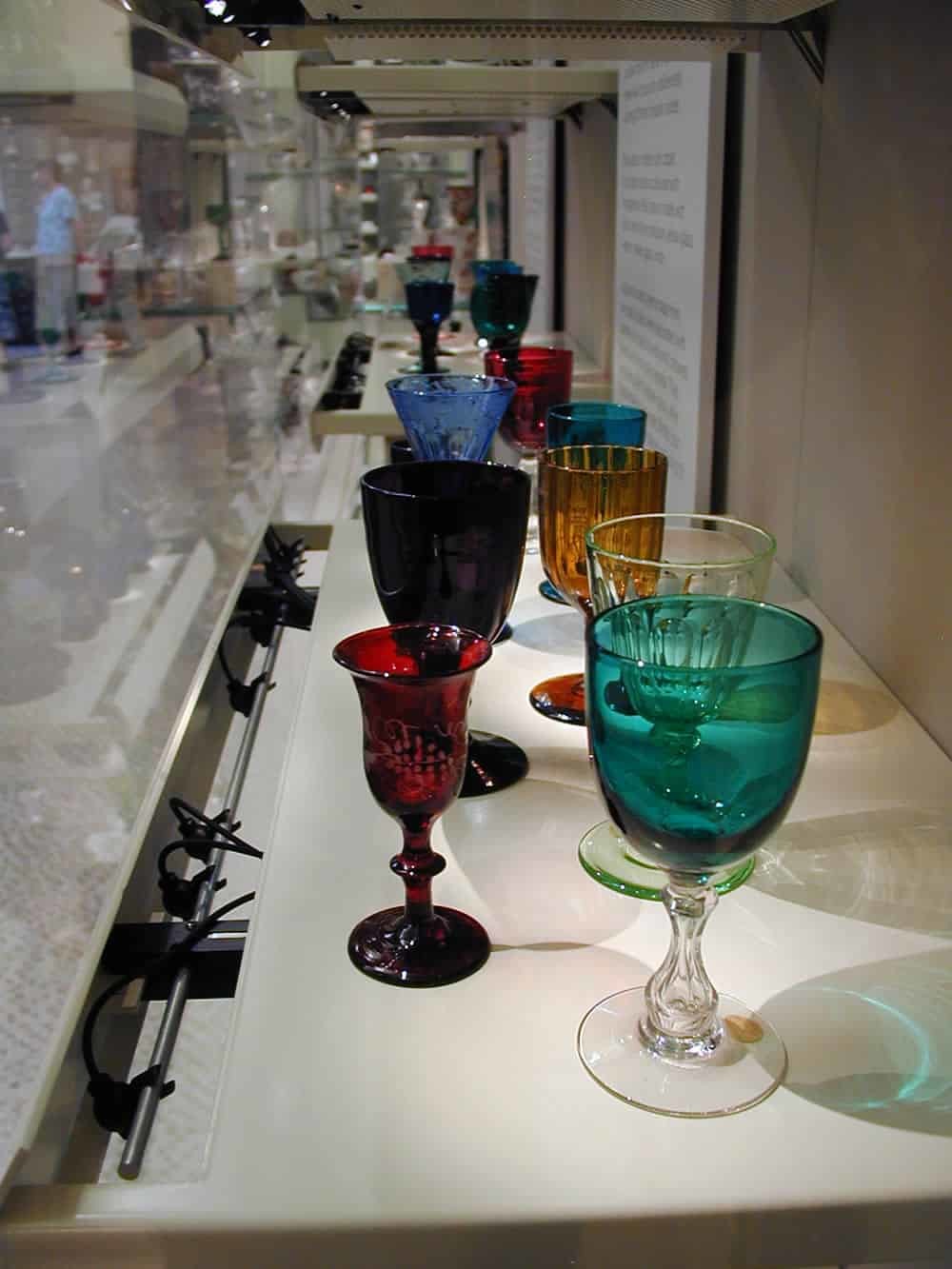DISPLAYING THE EXTRAORDINARY
Fibre Optic Lighting Design – A Solution Living On Borrowed Time
Previously, we looked at LEDs and how they can play a new role in all lighting environments, except for lighting some paintings, etc. You can read LED Lighting Design: The Advantages & Disadvantages for the complete story.
Now, I would like to concentrate on fibre optics. “Has fibre optic lighting had its day?” everyone asks me as a lighting designer (especially about museum lighting and display showcase lighting). In a nutshell, the answer is no; there is still a place. We have all visited museums and seen galleries full of showcases in all shapes and sizes, filled from top to bottom with an assortment of objects and artefacts. Moreover, these showcases, more often than not, have far too many artefacts crammed inside. The lighting is also appalling, even if most museums have moved away from the dreaded fluorescent tubes. Generally, these display showcases have been specified by curators, architects, or museum designers who know very little about lighting design.
When ordering the showcases, they tick the box for “Fiber Optic Lighting” under options as if they were purchasing a car.
A plethora of reasons:

Fibre Optic Lighting :
One of the major problems over the last two decades with fibre optic lighting, or any light sources in museum display showcases, has been showcase manufacturers and lighting equipment suppliers (fibre optics in this instance) attempting to determine the design and location of the fixtures. Of course, neither is an expert in lighting or display. This has stagnated the lighting design development process in museum showcases.
In addition, the correct way to use fibre optic lighting is to start with a clean canvas to resolve all these problems. Yes, they can be resolved if you have a lighting designer who thinks outside the box and has the passion to create something extraordinary.
Nevertheless, there is still a place for fibre optic lighting design compared to the newer technology of LEDs. Fibre optic lighting is still, for me, the one to choose if there is an access problem.
For example, when oil paintings are mounted in stairwells or when even a diminutive amount of heat is unwanted. In a nutshell, fibre optics can be used with metal halide lightboxes when you need intense illuminating power. You should bear in mind that they may not have perfect rendering, but boy, do they pack a punch!
It is only a matter of time:
By having more control over your lighting, you can create interest. For example, add drama by casting strong shadows from an object onto a back wall and saying, “Look at me…” I must be important.
Moreover, if every showcase is lit in the same style, it will produce a repetitive appearance. Consequently, visitors will soon lose interest in both objects and displays. You can visually re-empower the object(s) by changing the lighting approach and intensity regularly. Furthermore, you maintain the visitors’ interest for a more extended period. The fundamental understanding of how light interacts with visitors allows us to use great lighting to assist in displaying the extraordinary. There are a large number of fittings available for fibre optic light fittings as they have been around much longer than LED technology.
Another advantage of fibre optic lighting over LEDs is that there is no heat transference. One of the many misconceptions about LEDs is that they do not generate heat! Furthermore, LEDs, particularly those with high light outputs, generate heat. Yes, the levels are remarkably low when compared to halogen light bulbs, but when you seal these LED light sources in an airtight showcase, this can still be a concern that must be addressed.
As fibre optic lighting uses lightboxes, it is very straightforward to change the temperature of the light (measured in Kelvin). With a simple switch of the LED lamp, you can go from warm to cool in seconds. This is not the case with LEDs unless you have dynamic white, which at the time of writing this blog, is still expensive by comparison. In my opinion, it is undoubtedly only a matter of time before fibre-optic lighting completely disappears.
Can you imagine a display showcase needing no power from a building’s electrical power supply? Well, that we can already do…
How about glass shelving with embedded LED lighting or miniature plug-in light fixtures that have no visible connections? Yes, this can be done as well. Perpetually, our team pushes the envelope for lighting in all environments we work in, rest in, or entertain in.
Consider this eco-friendly museum showcase with perfect lighting on every object, regardless of its position in the showcase. Add to this limitless control without demanding unsightly fixtures, fibre optic cabling, or wires, and the ability to be located without requiring an electrical connection. You must be dreaming, don’t you? No, it is now possible.
